Table of Contents
Are you disturbed by a crackles and snaps in your knees? Do you hear an unpleasant sound when you squat or walk down the stairs? And you are not sure whether this is just an overload or is it worth worrying? Read the article in which we will explain how to prevent knee injuries and when it is high time to see a doctor. We also prepared 10 exercises that will help ease the pain and at the same time stretch and relax knee muscles. In conclusion, we will recommend appropriate dietary supplements to prevent injuries.
Causes of crackles and snaps in the knees
There are various causes of knee snaps and crackles. What matters is whether the sound brings pain, tingling, or swelling. Based on the accompanying phenomenon, you know whether there is a serious problem, lack of movement, or just an excessive load on joints.
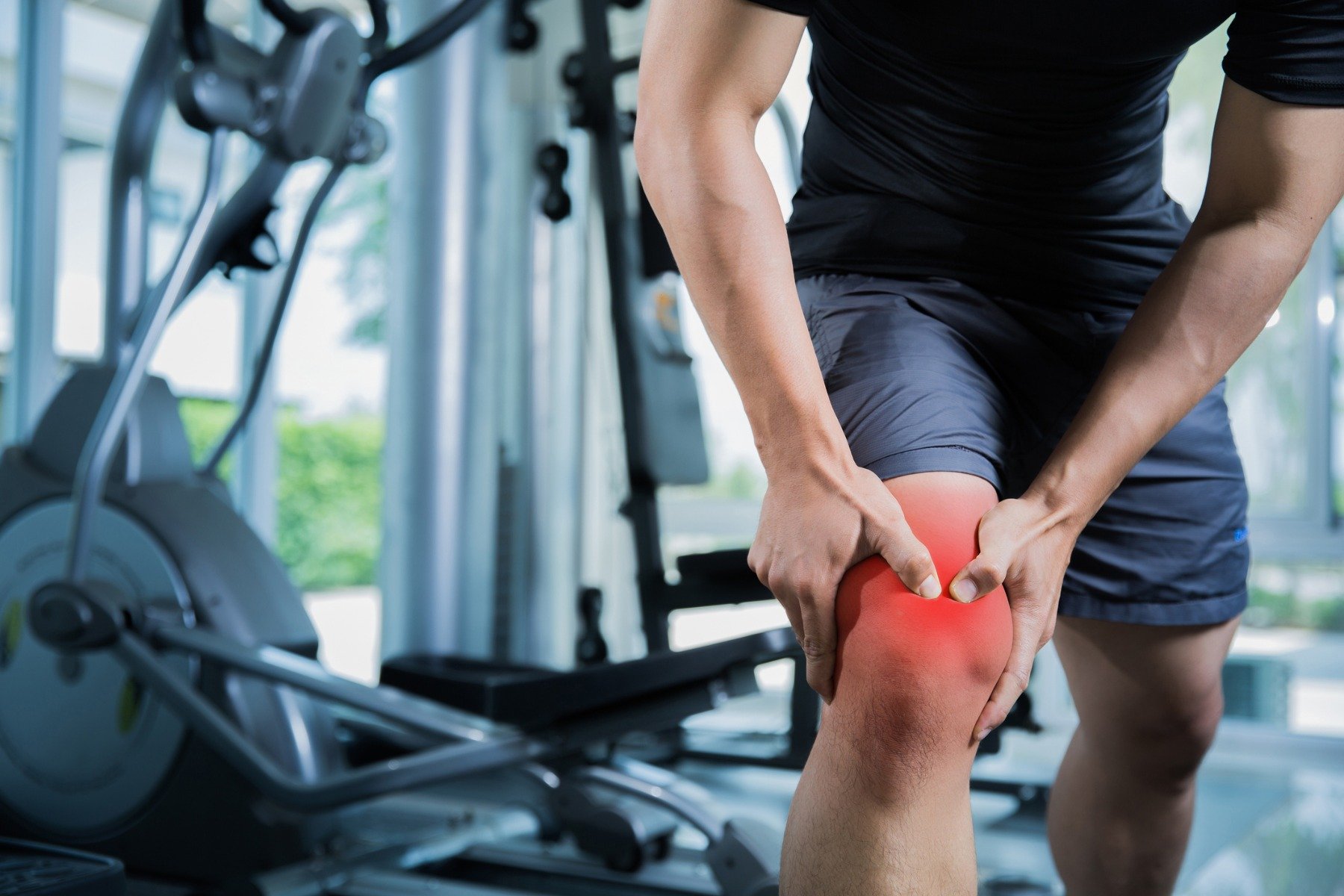
If an unpleasant snap in the knees is not accompanied by pain or swelling, then you have nothing to worry about. With age, the cartilage covering the ends of bones wears out gradually causing the bone ends to come in contact with each other. This is a natural process that we cannot change, but can only slow down. We are talking about a situation when you squat or walk, you hear crackling sounds that appear due to the friction of surfaces of a joint. This sound can also be caused by tension in the ligaments and tendons when moving. [1] The cause of snaps during squats and lunges can be muscle imbalance or pressure that it causes on the joints. To get rid of this sound, you need to follow the tips in a combination with the exercises below.
If crackles and snaps are accompanied by pain or swelling, there is an urgent need to consult a doctor. Since these can be symptoms of diseases such as [1]:
- meniscus tear – meniscus is a semicircular structure, which is the intra-articular cartilage of the knee joint. The function of the meniscus is a distribution of the load on the knee. At a younger age, this disease may be caused by exercise or injury. The meniscus is especially vulnerable during rotational movements with the knee. In older age, this disease is more common and the meniscus can tear even with relatively small loads.
- cartilage damage in the knee or cartilage wear and tear – cartilage covers the bones and performs a protective function. With age, microdamages appear on its surface. Then the knee swells up, and its mobility becomes worse. If the cartilage is too thin or badly damaged, it is arthritis. However, arthritis can only be detected at a late stage, because the cartilage has no nerves and, therefore, the patient does not feel pain. Pain appears only with severe and prolonged damage. In particular, osteoarthritis, a degenerative disease of cartilage, is the most common form of arthritis and affects middle-aged and older people over 40 years of age.
That is why, at a younger age, you should not neglect the athletic load and preventive procedures that can protect you from joint or cartilage damage. A suitable form of sport for preventing knee pain is walking, swimming, yoga or tai chi, cycling and training in the gym. By doing sports you at the same time maintain a healthy weight, and thus do not load your joints. Here are 10 tips on how to protect your knees. [1] [2] [3]
You might be interested in these products:
Tips on how to protect your knees and get rid of knee cracking
1. Regular exercise and training – you need to strengthen legs muscles and at the same time not forget about knee muscles. Weight training, resistance training, or body weight exercises (such as squats and lunges) should be included in your fitness plan at least twice a week.
2. Warm up before training – muscles should be warmed up before a workout. Do not skip the warm-up, as it will help avoid injuries or overloads. Hard workout can easily cause muscle and joint injuries.
3. Stretching – before and after exercise, you must carefully stretch the muscles and joints. Stretch your front and back thigh muscles regularly – first the quadriceps, and then the back of the thigh.
4. Choose shoes carefully – wear comfortable shoes that are not tight, especially if you spend a lot of time at work.
5. Maintain a healthy weight – this means that you should not have an excess weight or obesity. Since overweight is bad for the functioning of the knees and joints. Obesity is an established risk factor for the development of arthritis of the knee joint.
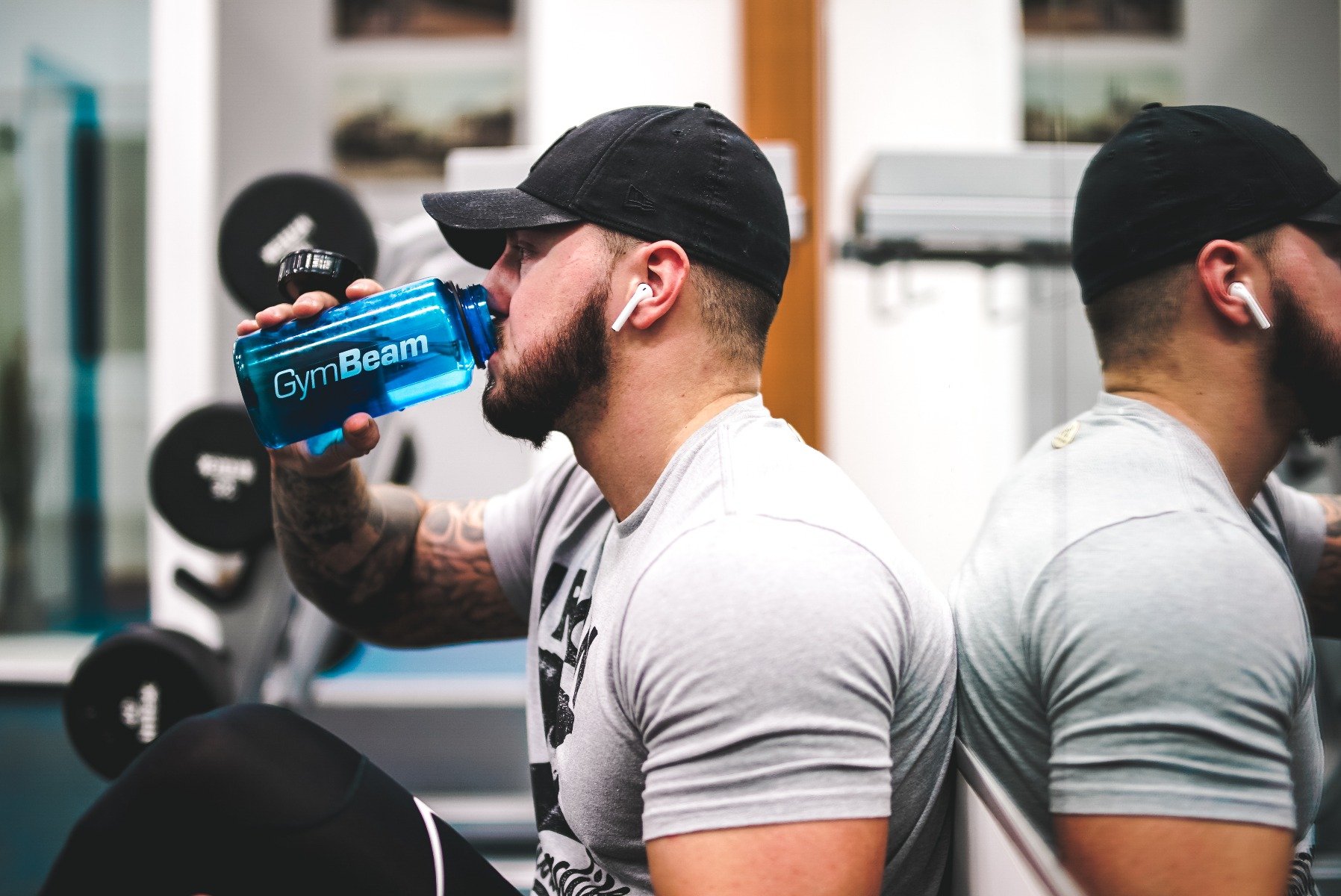
6. Sleep in the right position – when you lie on your side, put a pillow between your knees. Your knees and back will be very grateful to you.
7. Do not overload the joints – to avoid overloading the joints, you need to alternate different types of movements. Therefore, walk, climb or climb stairs, ride a bike or go jogging. However, you should not practice the same kind of physical activity. The same movement causes wear and tear on the same parts of the knee joint, while the alternation of physical loads puts strain on different parts of the knee joint.
8. Don’t sit in a one position for too long – some scientists say that sitting for 30 minutes is already too long, and some recommend walking only after 45-60 minutes. The time interval depends on you, but you definitely should not sit for 8 hours of working time. Take a break and take a little walk. Even long standing is bad for the joints and knees, so be sure to take a break for a walk.
9. Do not risk slipping, tripping or falling – do not underestimate the weather conditions and always wear the appropriate shoes for a particular season. If it’s slippery outside, it’s better not to wear shoes with heels or with smooth soles. Otherwise, you put yourself at risk that may have unintended consequences.
10. Perform the following 10 exercises – stretching, relaxing and strengthening muscles can help you stretch your knee muscles and reduce cracking, snapping and pain. Perform the following exercises during your workouts at least twice a week.
10 effective exercises to prevent knee cracking and snapping
1. Standing front thigh stretching
Stand up straight. Feet hip width. Grab your right heel and pull it back.Reach for your ankle with your opposite (left) hand and bring your heel toward your buttock. You should feel tension in the front and back thigh muscles. Stay in this position for 30 seconds and repeat the exercise with the other leg. If you have difficulty keeping balance in this position, lean on a chair or wall. Perform 5 sets in 30 seconds with each leg. [4]
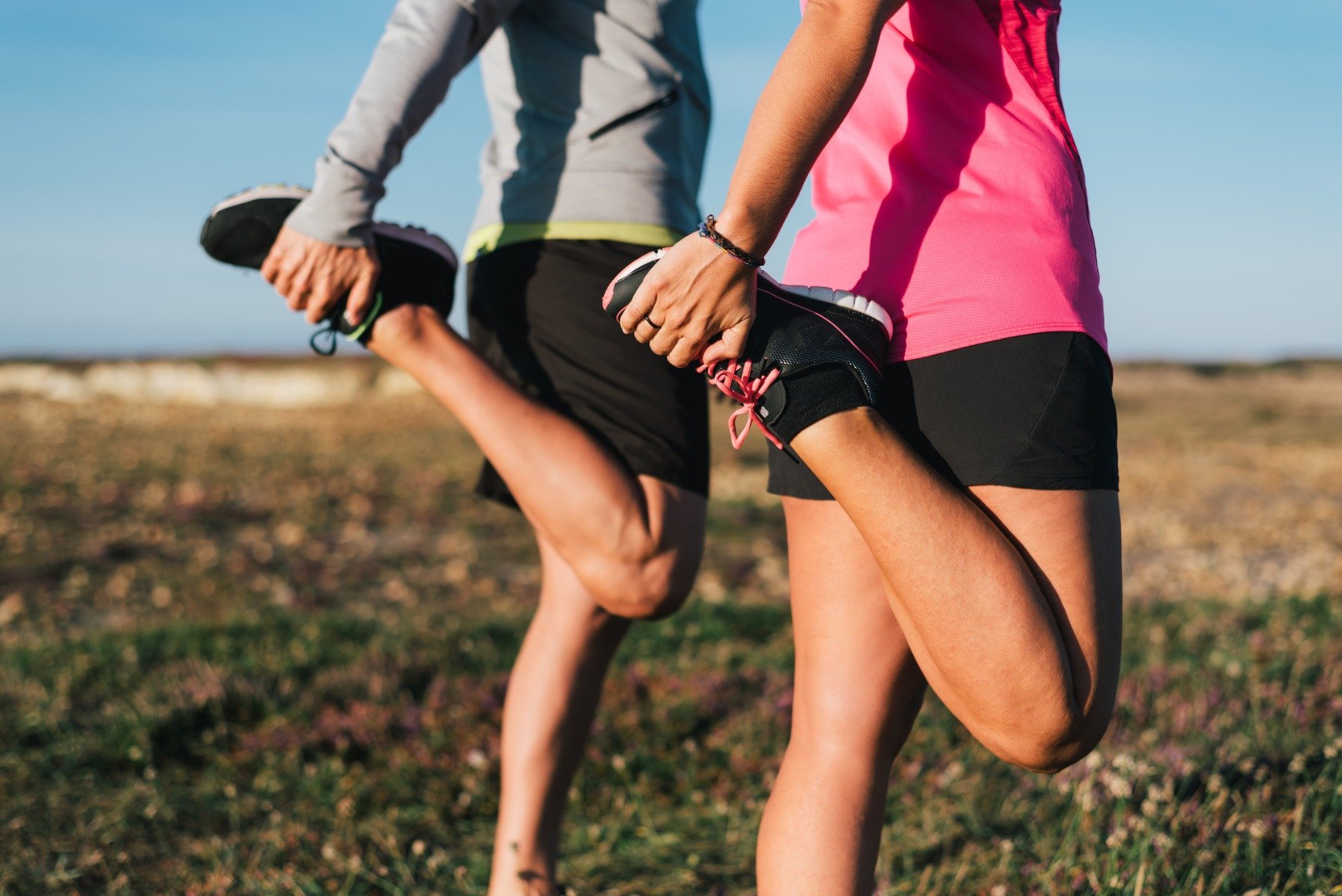
2. Front thigh massage with foam roller
You will need a fitness foam roller for this exercise. Lie down on your stomach and place the roller under your right leg just above the knee. Lean on your right leg and roll up and down from your hip to your knee. Then switch legs. You should perform smooth movement with moderate intensity. Foam rolling this area can improve the flexibility of the knee and therefore decrease the stress it may be imparting on your knee cap. Start with one set of 5 reps for each leg. The purpose of this exercise is to relax the quadriceps, which often loads the knees, leading to crackles. [7]
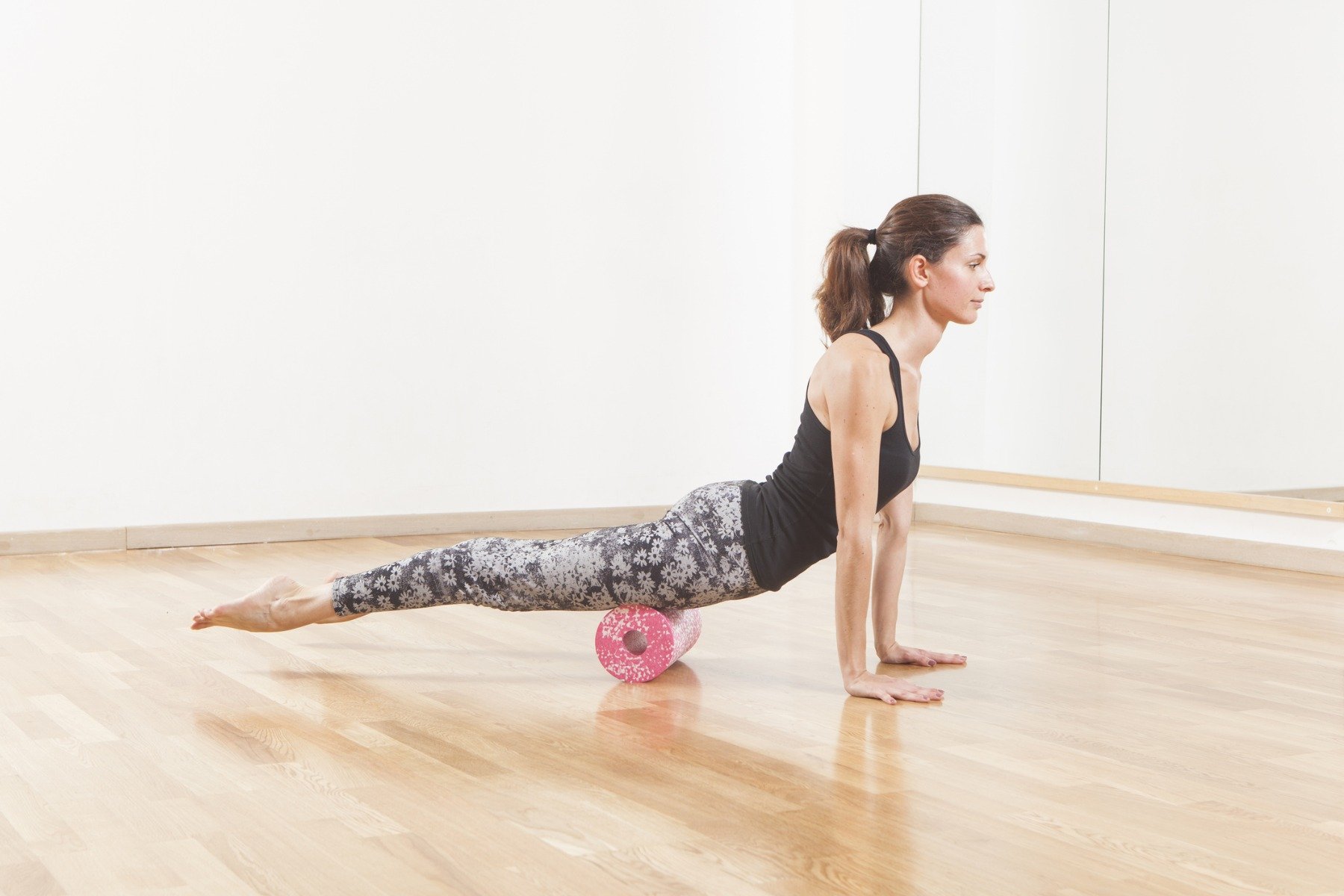
3. Standing single leg rotation
Stand and lean on a wall or chair with one hand so you can focus on the right technique. Keep your back straight. Raise your right leg so that your knees are bent at a 90 degree angle. Begin to move the hip to the side, drawing a large circle with your knee. Do one set – 10 reps for each leg. Concentrate on a movement that will help relax and stretch the thigh muscles. This exercise helps to increase knee range of motion and reduces tension. [7]
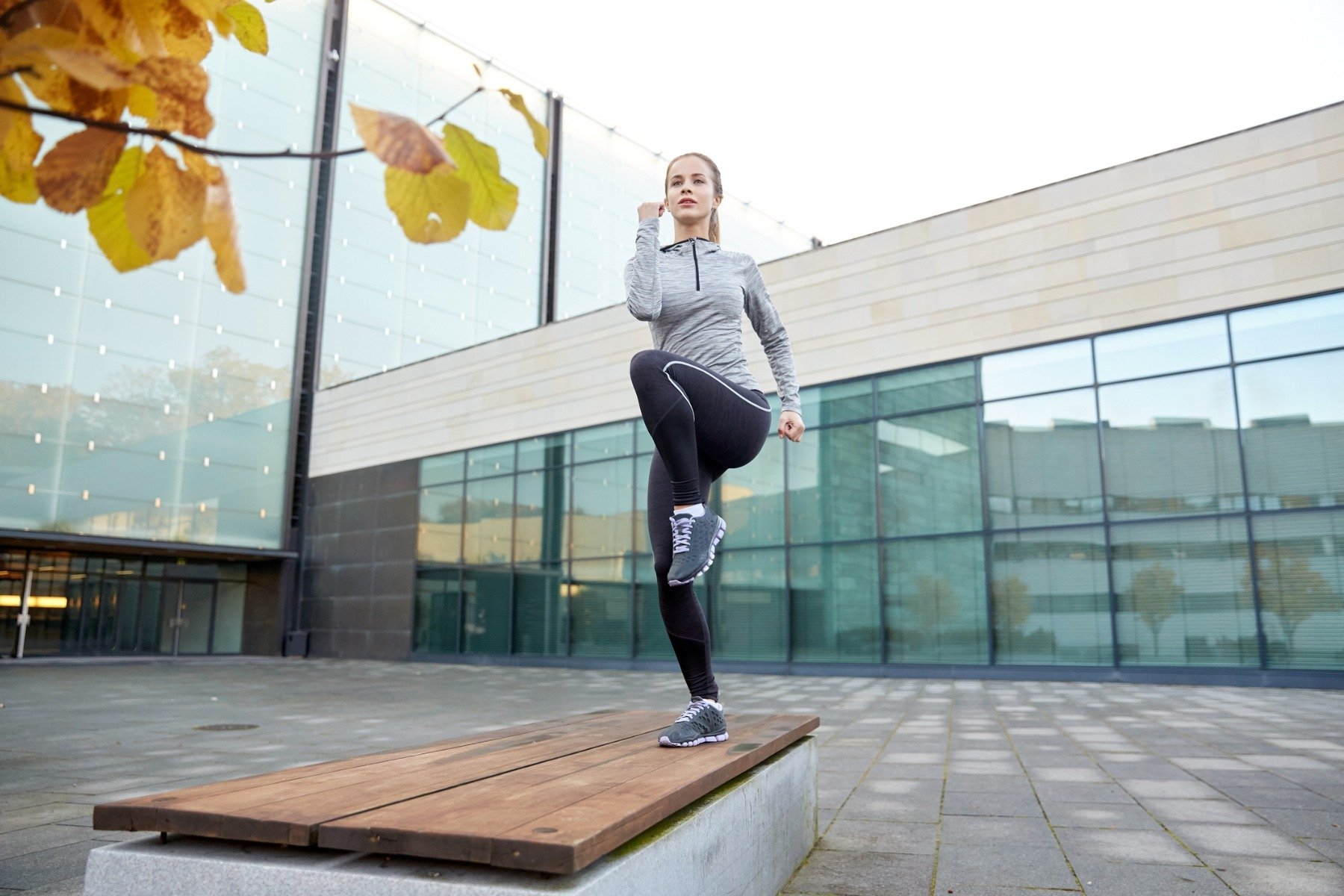
4. Static lunge
Start standing up. Take a small step forward with your right foot and then take a half step back with your left foot. Without moving your feet, lower your rear leg until your knee almost touches the floor while bending your front leg. Keep your upper body aligned and abs contracted. Stay in this position for 20 seconds, and then switch legs. Repeat 5 times within 20 seconds with your right and left foot. The purpose of this exercise is to reduce tension in the knees by stretching the thigh muscles. [7]
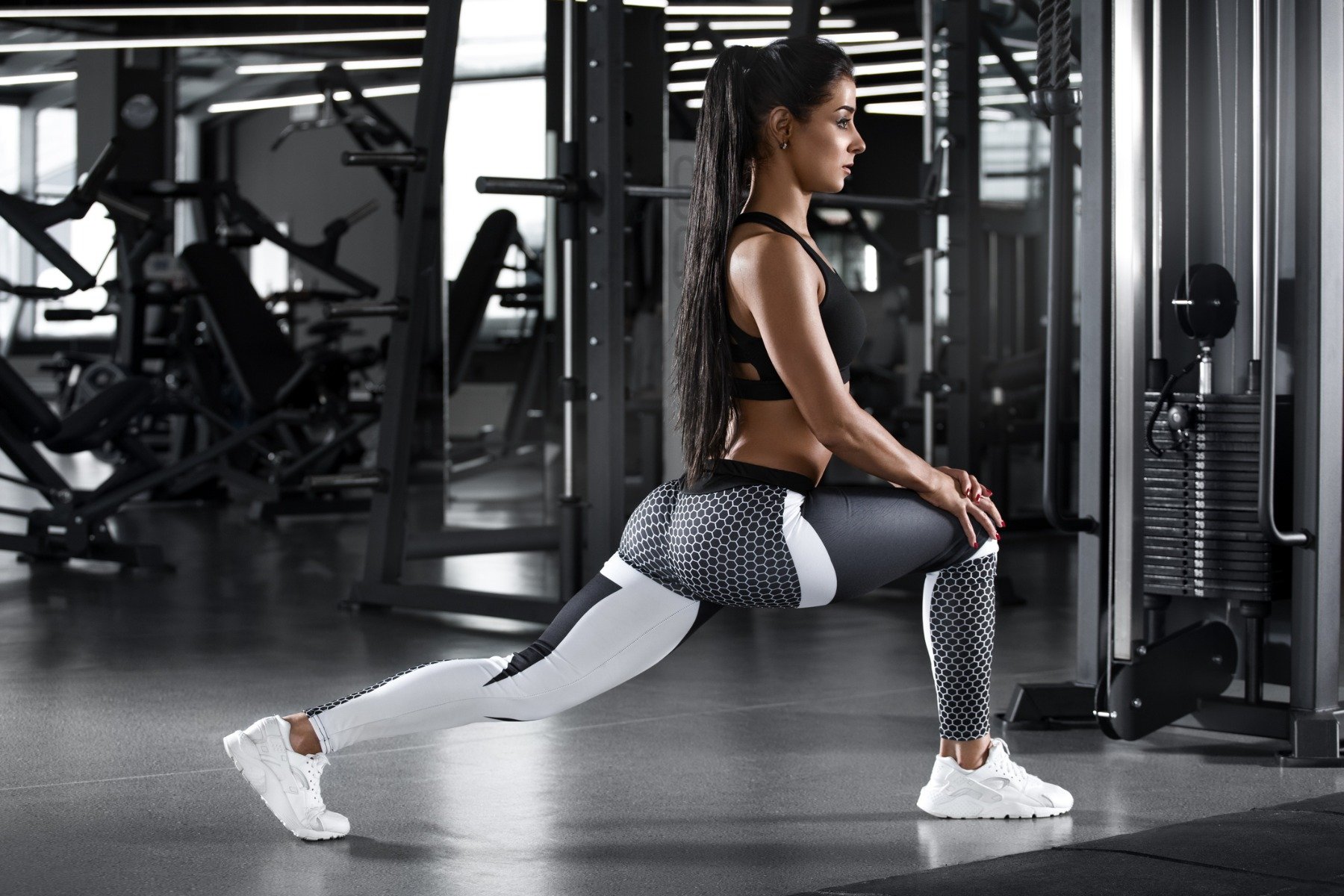
5. Swing with straight leg
Stand up. For better balance, you can lean on a wall or chair. Lift one straight leg up and swing it straight forward and then backward in a controlled pendulum-like fashion. Return to the starting position. Lift your leg as high as you can. Repeat 5 times on each leg. The purpose of this exercise is to stretch the front and back of the hip joint to relieve knee tension. [7]
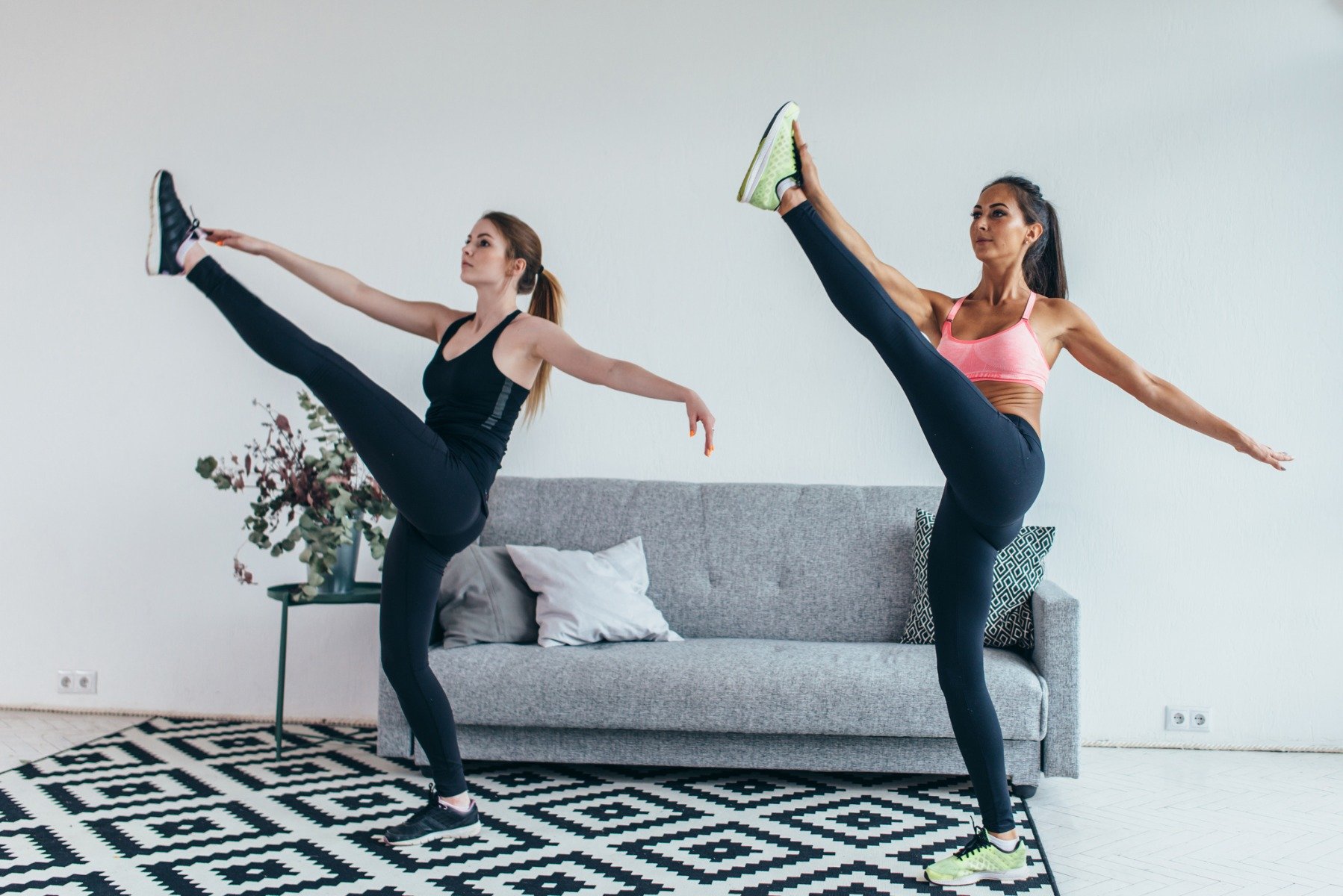
6. Deadlift
This exercise can be performed with or without weight, depending on your fitness level. Start upright with your feet hip-wide. Bend your knees and pull your upper body forward. Keep your back straight, your neck should be stretched. After doing the exercise, return to the starting position. You will feel tension in back muscles, hips and lower back. Also when performing the exercise hold your core muscles tight. The goal of this exercise is to strengthen the hips in order to reduce the load on the knees. [7]
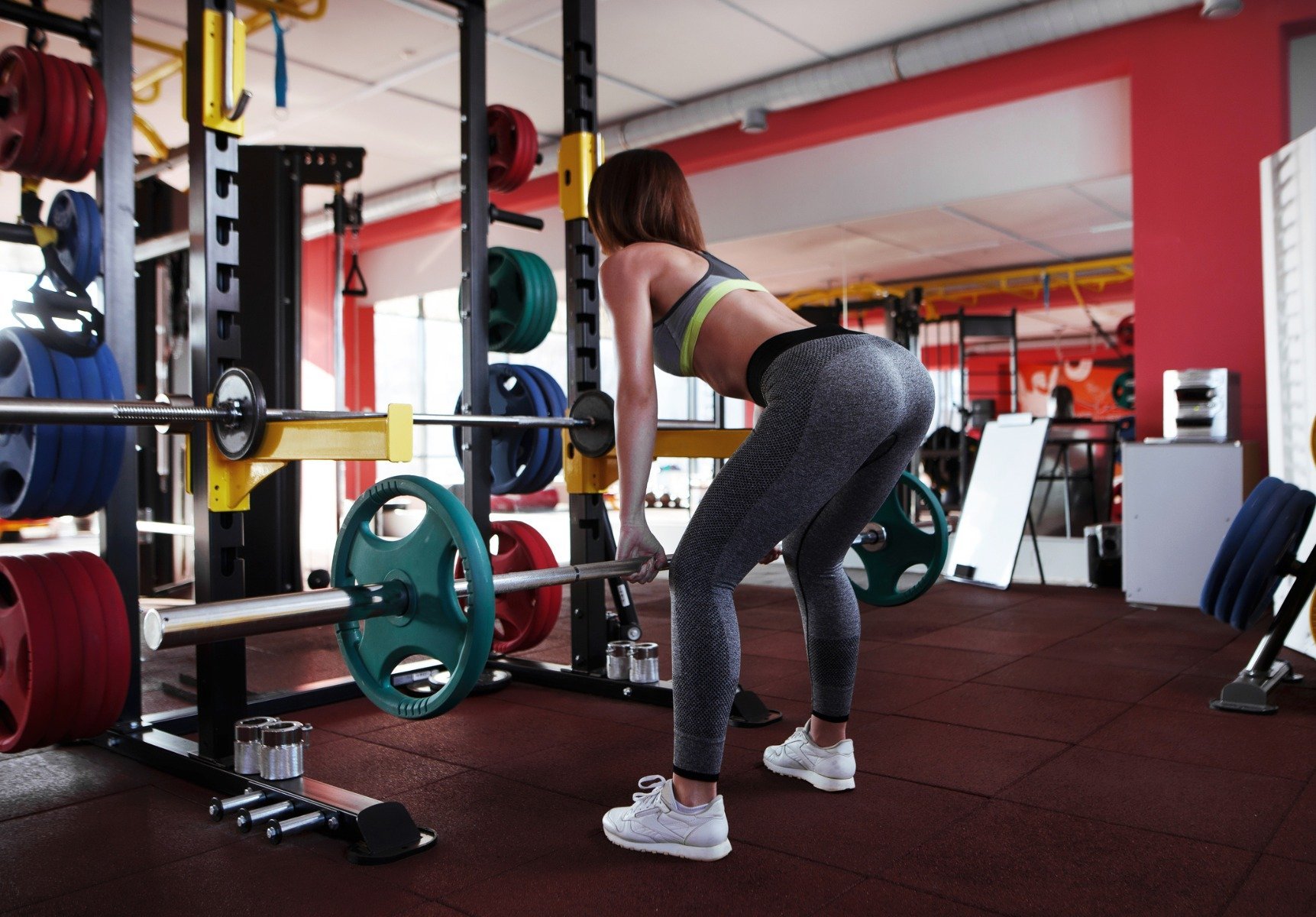
7. IT band stretching
The Iliotibial band (IT) is located on the outer part of the thigh, it forms a wide sheath of fibrous connective tissue that surrounds the lateral thigh. This ligament is also connected to the knee and helps stabilize and bend the joint. Its contraction or inflammation can cause Patellar dislocation, leading to pain in the knee, which is usually felt on the outside of the knee. The main causes of this problem are hard workout or heavy load during the run, to which the body has not had time to adapt. This exercise will help relax your tight ligament.
Lie sideways on the fitness mat. Lie on your side with the foam roller beneath the top of your thigh. Roll the foam roller, from hip to knee. Repeat at 30-second intervals for 2 minutes. Roll stiff areas against foam roller in short up-and-down movements. Put one leg out straight, with the other bend 90 degrees and put it straight again. Repeat the movement for 10-15 seconds. Next, take the opposite position for rolling the other leg. [5]
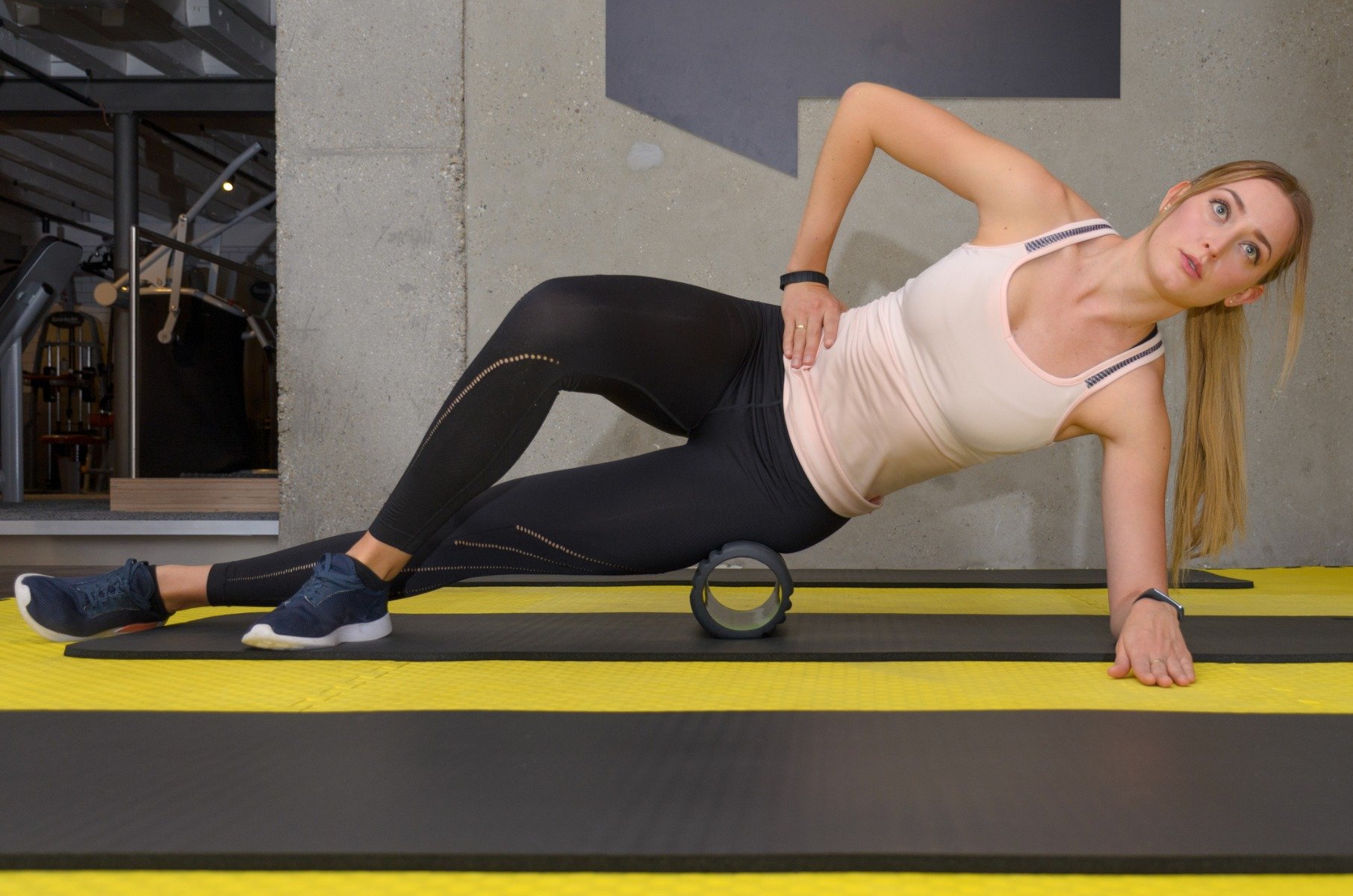
8. Inner thigh squat
The inner thigh is a problem area, because it is usually weaker than the outer thigh. To strengthen the muscles and relieve knee pain, we recommend squats to strengthen the inner thigh muscles.
Stand with your feet wider than hip-width apart, the toes out and away from the center of your body (45 degrees angle), keep weight on the heels. Start with a half squat, and then go down on an invisible chair that is far behind you. When squatting, bend your knees and go as low as possible, but not more than 90 degrees. Then go up without lifting your heels. Perform 3 sets of 15 reps. [5]
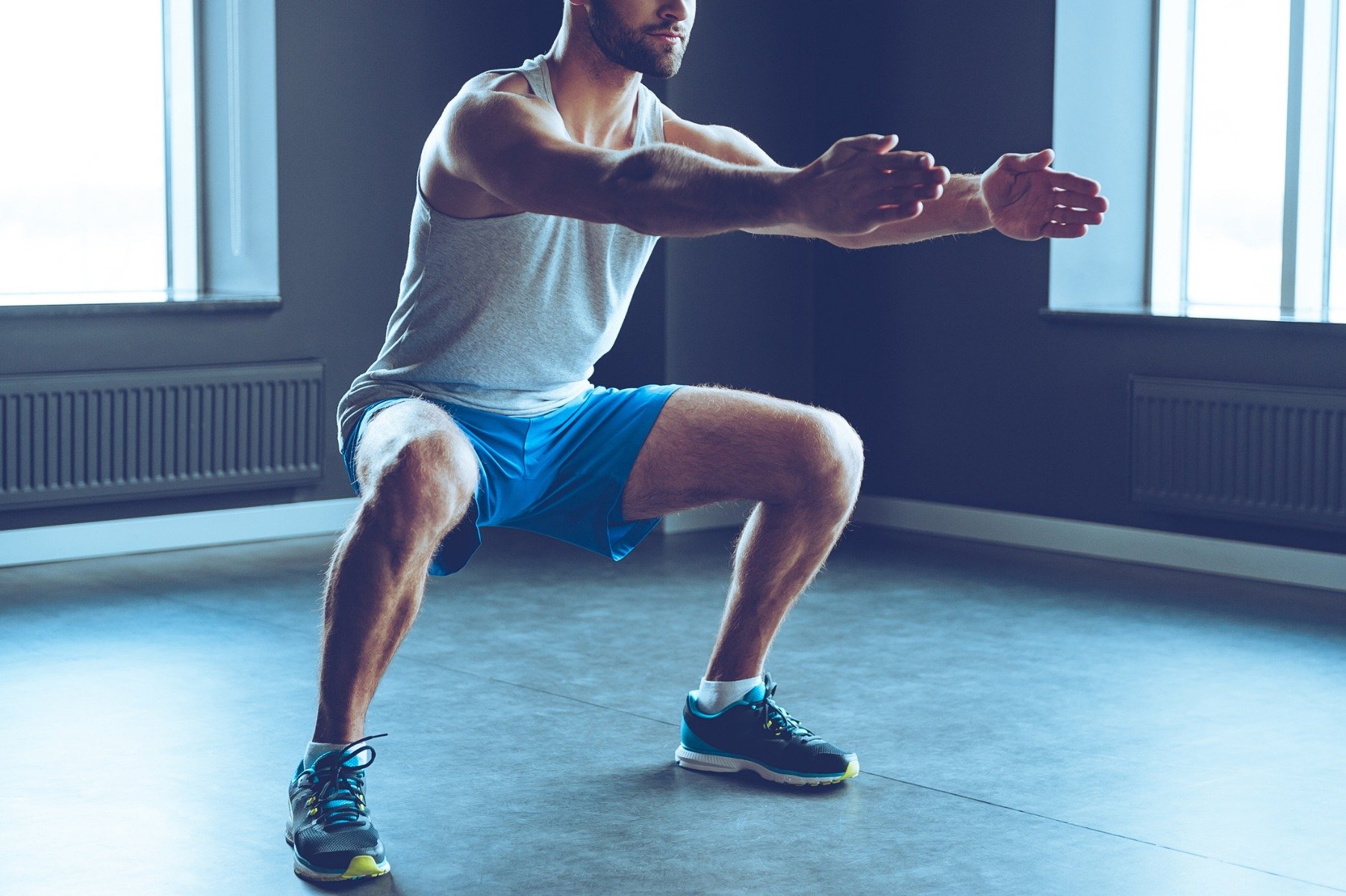
9. VMO muscle activation
Vastus Medialis Oblique (VMO) or the medial thigh muscle is located above kneecap. Usually this is the weakest muscle of the thigh. Most people and athletes suffer from weak and tight VMO. Every year, hundreds of people suffer from knee ligament tears, and this is often due to weak thigh muscles. [5]
Perform the exercise as follows. Stand with one foot in front and keep weight on your leg. Squat and stop halfway down. Your front knee should remain directly above the ankle. When you squat, gently rotate your front leg to the right and hold it in this position for 5 seconds. Relax your leg and stand holding pressure on the toes of your feet. Do 3 sets of 15 repetitions for each leg.
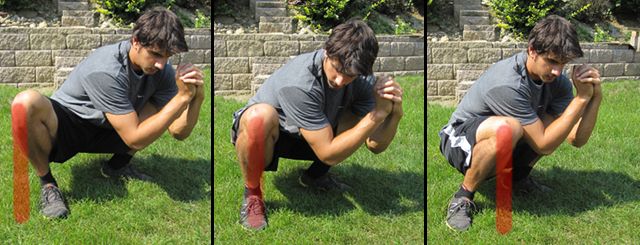
10. Calf muscle stretching
The stretching of the calf muscles will help reduce muscle tension and tightness. It helps stretch the muscles and allows you to activate the contracted muscles. This technique will help to relax your calf muscles.
Sit on the fitness mat. Bend one leg and stretch the other. Place a foam roller or tennis ball under right calf. Roll the bottom half of your calf forward and backward. As soon as you find a tender spots stop and gently rotate leg side to side. Continue for at least 30 seconds, and then switch legs. [5]
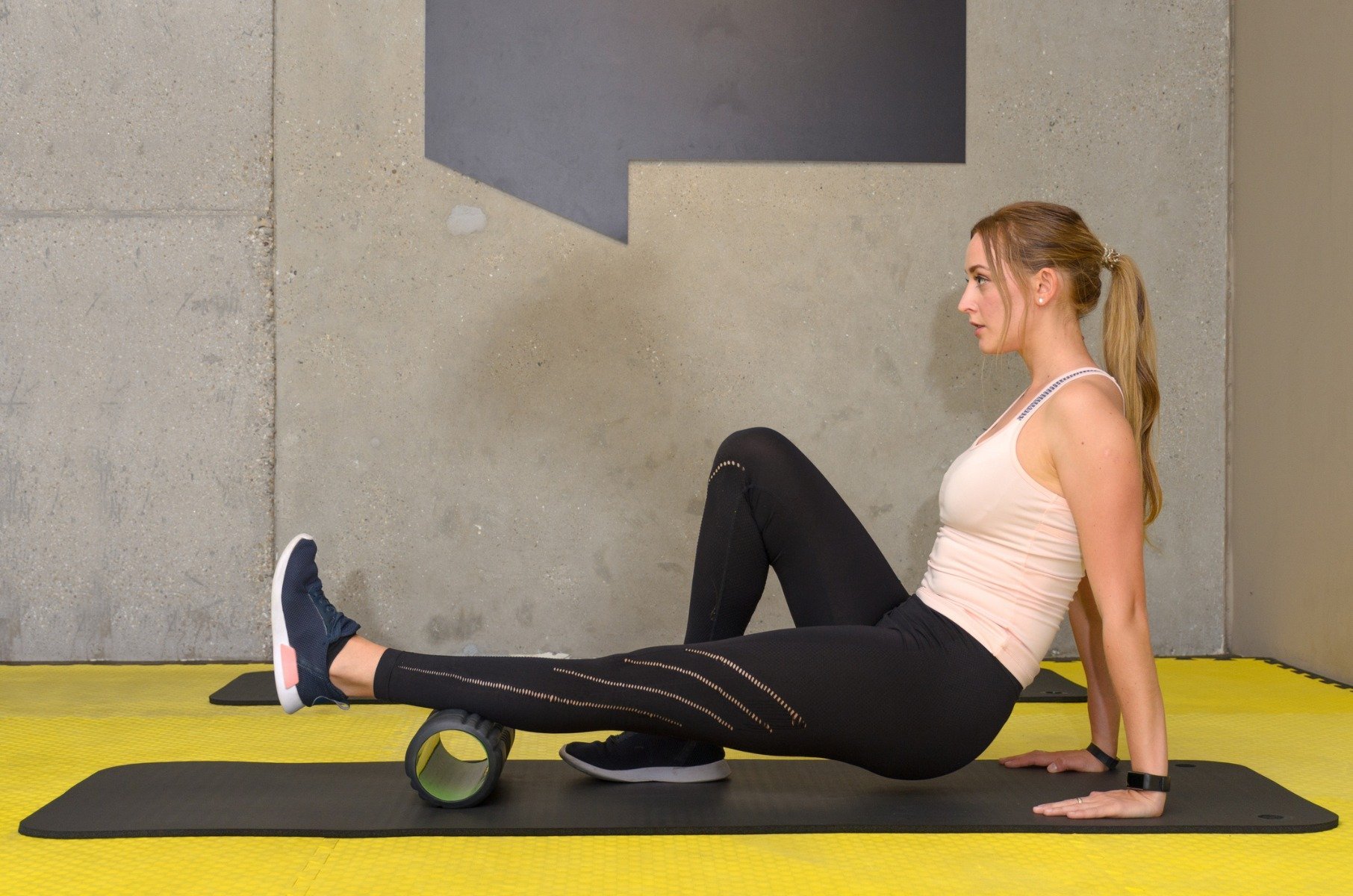
10 tips for dealing with knee pain
If you have pain in your knee, then definitely do not underestimate it. You do not need to immediately think about a serious illness, but if the following tips do not work within 2 days, you should contact your doctor for help.
- Give your knee a rest – the knee joint is able to recover from heavy physical activity, it is enough just to take a break from exercise for a day or two. If you don’t get better within a few days, get medical help.
- Try hot and cold compress – a hot bath better relieves pain in the knee compared to dry heat. For inflammations, use ice wrapped in a towel.
- Wear a bandage or brace – it will protect your aching knee and can help with short-term pain.
- Use a canes or crutches – if you need to relieve the knee due to injury or surgery, lean on the crutch. It is better to walk with crutches for a couple of weeks than not to be able stand on your feet for the rest of your life.
- Visit a specialist – a doctor who can prescribe the necessary painkillers. At the same time, the doctor will tell you when it is time for surgery and replacement of damaged joints or cartilage.
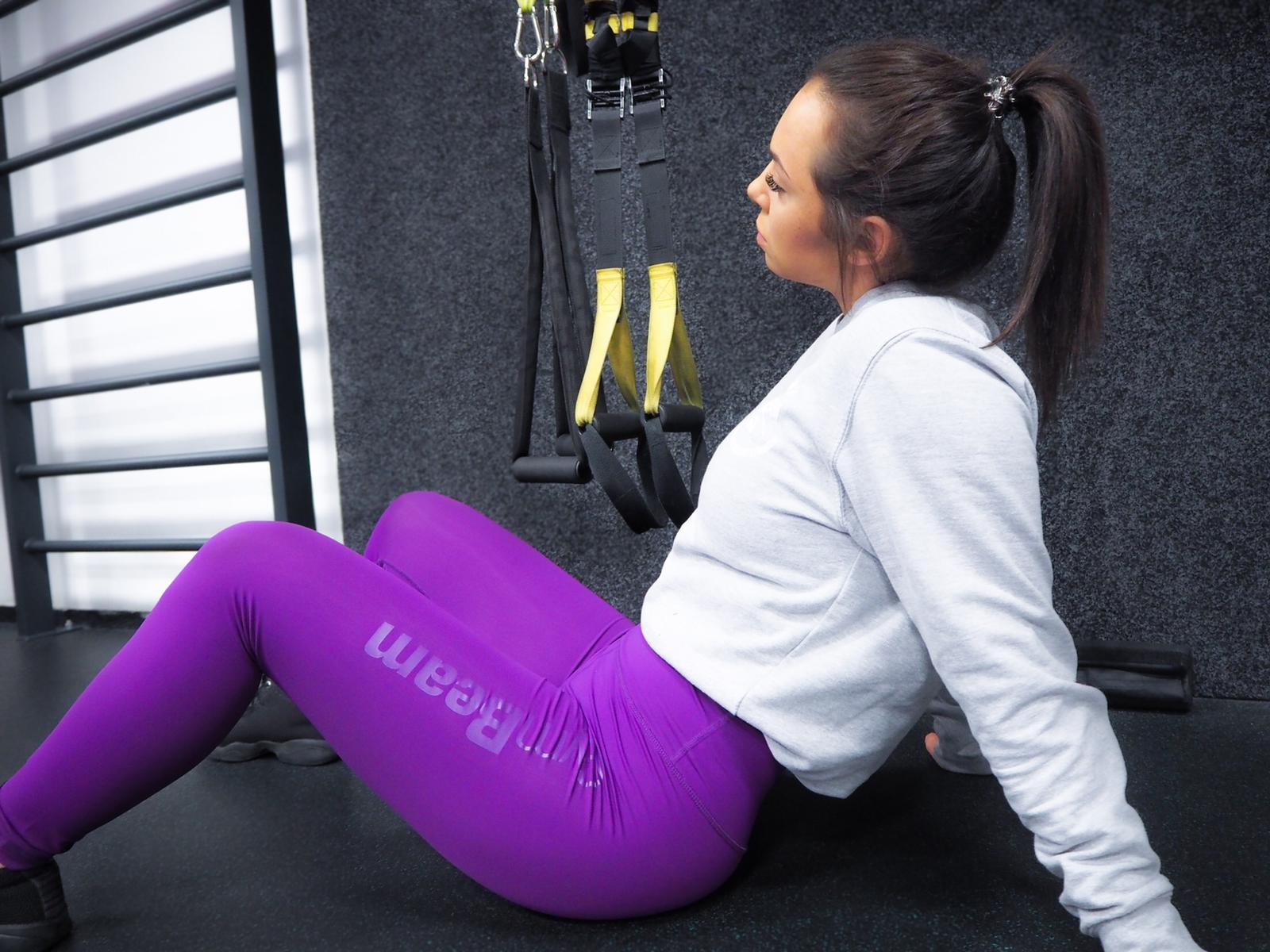
Nutrition supplements for knee pain and crackles
If you want to prevent joint injuries and damages, or you are intensively preparing for competitions, we have prepared a list of nutritional supplements and active substances for joint pain. Most of them are also used by patients suffering from arthritis. If you plan to take nutrition supplements for knee and joint pain, consult with your doctor in advance.
- Glucosamine is a natural component of cartilage that protects bones from friction, which causes pain or inflammation. It may also help prevent cartilage tear that occurs with arthritis. Together with complexes for joints and ligaments, glucosamine is one of the most important nutritional supplements in the treatment of osteoarthritis. However, there are two forms of glucosamine – hydrochloride and sulfate. One analysis showed that foods that contain glucosamine hydrochloride do not reduce joint pain caused by osteoarthritis. [13] Another study, on the contrary, confirms that glucosamine sulfate reduces joint pain and is therefore the best choice. [14] When used for longer time, glucosamine sulfate can slow down the process of osteoarthritis. [15]
- Chondroitin, like glucosamine, is the building block of cartilage and serves to prevent its damage or osteoarthritis. Several studies have confirmed that it can reduce joint pain in people with osteoarthritis. Experts noted that 53% of people taking chondroitin, the knee pain decreased by 20%. High-quality supplements for joints and ligaments usually contain chondroitin in combination with glucosamine, as together their effect is increased. [16]
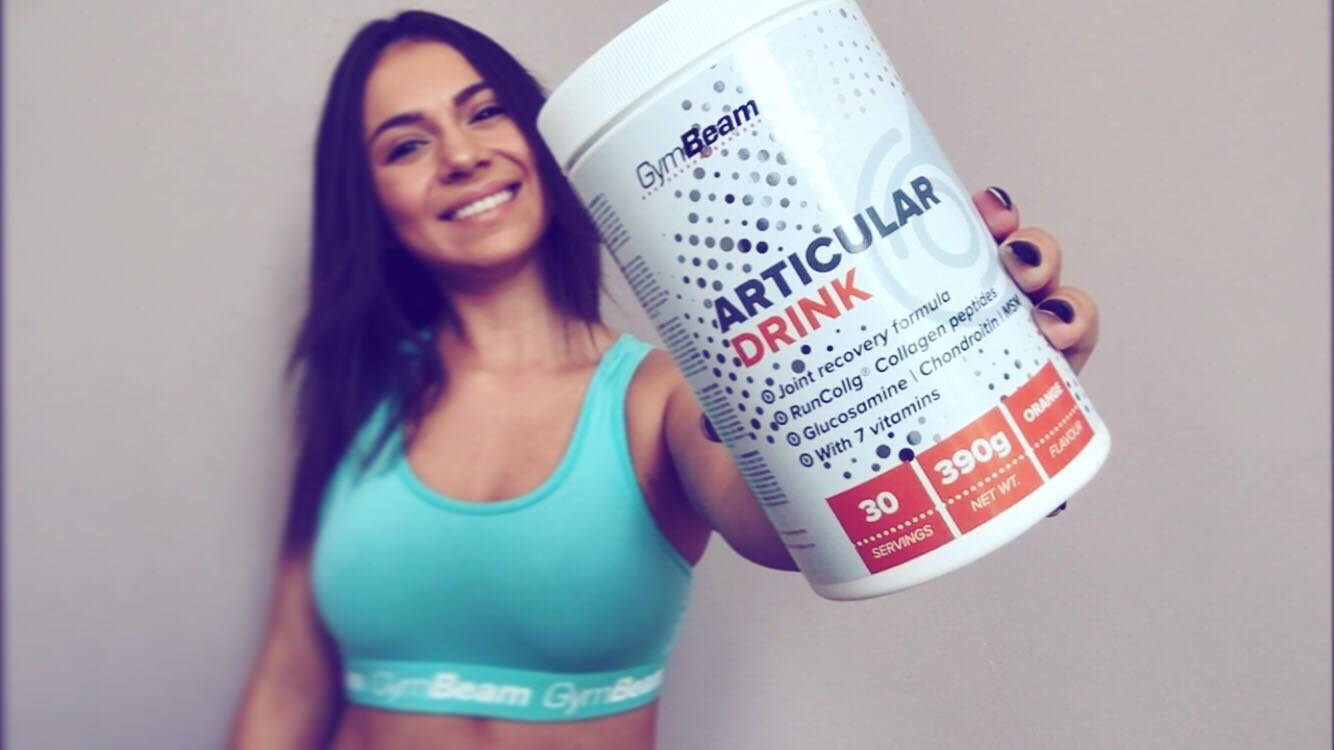
- MSM – Methylsulfonylmethane is another well-known nutritional supplement ingredient for joint protection that effectively relieves their pain. There is a study that has proven that MSM effectively relieves pain and improves joint function. [17]
- Omega-3 or fish oil contains eicosapentaenoic EPA and docosahexaenoic acid DHA, which have strong anti-inflammatory effects. [11] An analysis of clinical studies shows that the use of omega-3 fatty acid supplements reduces joint pain in patients with arthritis. [12]
- Ginger extract, or Ginger shot, as an anesthetic medicine, has therapeutic benefits for pain relief. [8] The analgesic property of ginger has been proven in several studies in which it has proven to be more effective than placebo. [18]. Research also confirms that ginger is not only useful for reducing pain, but also for morning stiffness of muscles and joints. [19]
- Vitamin D and calcium support bone health. Many studies confirm that it is vitamin D3 that increases bone density in people with osteoarthritis. At the same time, vitamin D3 is essential for immunity and proper calcium absorption. [10] Calcium supplementation is important because the heart uses calcium to pump blood. If there is a deficiency in the body, calcium is extracted from the bones to maintain its level in the blood. [9] [3]
- Bromelain – the enzyme bromelain contained in pineapple extract speeds up the metabolism and helps in the digestion of proteins (if you take it with food). At the same time, if you take bromelain on an empty stomach, it also has anti-inflammatory properties and helps reduce joint pain and increase mobility. [20] One study revealed that a combination of enzymes, including bromelain, can be effectively used as an anti-inflammatory drug for people with osteoarthritis. [9]
We hope that you have learned important instructions on how to maintain the health of your knees and joints. Using tips and exercises in this article, you can get rid of crackles and snaps in your knees, as well as protect yourself from unpleasant injuries.
Will you try these exercises for your knees? Write in the comments if you are struggling with a loud crackling sounds in your knees and what do you think is the most helpful tip for this problem. If you liked the article and you think that it would be helpful for someone you know, then support us with a repost.
[1] Lisa O´Neill Hill - What is your knee telling you? – https://www.webmd.com/pain-management/knee-pain/features/knee-cracks-pops#1
[2] Tyler Wheeler - Knee pain Dos and Don´ts – https://www.webmd.com/pain-management/knee-pain/ss/slideshow-knee-pain
[3] Matthew Hoffman - picture of the heart – https://www.webmd.com/heart/picture-of-the-heart#1
[4] Sarah Gehrke - How to stop your joints from cracking and popping – https://www.wikihow.com/Stop-Your-Joints-from-Cracking-and-Popping
[5] Blake iller - 6 exercises to stop your kees from cracking and popping – https://www.prevention.com/fitness/a20455297/exercises-for-cracking-knees/
[6] Herbert Lui - Why joints crack and pop when you exercise – https://lifehacker.com/why-your-joints-crack-and-pop-when-you-exercise-1675377161
[7] Rick Kaselj - 5 exercises to stop knee popping – https://exercisesforinjuries.com/5-exercises-to-stop-knee-popping/
[8] Mahsa Tehrani - 6 supplements that may ease your joint pain – https://www.everydayhealth.com/columns/mahsa-tehrani-arthritis-and-you/supplements-arthritis-joint-pain/
[9] Alternatives and supplements for arthristis joint pain – https://www.webmd.com/arthritis/features/alternatives-and-supplements-for-arthritis-joint-pain#2
[10] Osteoporosis Health Center - Osteoporosis overview – https://www.webmd.com/osteoporosis/default.htm
[11] Lindsay Slowiczek - 9 supplements for joint pain – https://www.healthline.com/health/joint-supplements#choosing-a-supplement
[12] Ninna K. Senftleber, Sabrina M. Nielsen, Jens R. Andersen, Henning Bliddal, Simon Tarp, Lotte Lauritzen, Daniel E. Furst, Maria E. Suarez, Anne Lyddiatt, Robin Christensen - Marine Oil supplements for arthritis pain: a systematic review and metaanalysis of randomized trials – https://www.ncbi.nlm.nih.gov/pmc/articles/PMC5295086/
[13] Wu S, Huang Y, Gu Y, Fan W - Efficacies of different preparations of glucosamine for the treatment of osteoarthritis: a meta-analysis of randomised, double-blind, placebo--controlled trials – https://www.ncbi.nlm.nih.gov/pubmed/23679910
[14] Herrero-Beaumont G, Ivorra JA, Del Carmen Trabado M, Blanco FJ, Benito P, Martin-Mola E, Paulino J, Marenco JL, Porto A, Laffon A, Araujo D, Figueroa M, Branco J - Glucosamine sulfate in the treatment of knee osteoarthritis symptoms: a randomizes, double-blind, placebo-controlled study using acetaminophen as a side comparator – https://www.ncbi.nlm.nih.gov/pubmed/17265490/
[15] Young Ho Lee, Jin Hyun Woo, Seong Jae Choi, Jong Dae Ji, Gwan Gyu Song - Effect of glucosamine or chondroitin sulfate on the osteoarthritis progression: a meta-analysis – https://link.springer.com/article/10.1007%2Fs00296-009-0969-5
[16] Jasvinder A Singh, Shahrzad Noorbaloochi, Roderick MacDonald, Lara J. Maxwell - Chondroitin for osteoarthritis – https://www.ncbi.nlm.nih.gov/pmc/articles/PMC4881293/
[17] Eytan M Debbi, Gabriel Agar, Gil Fichman, Yaron Bar Ziv, Rami Kardoch, Nahum Halperin, Avi Elbaz, Yitah Beer, Ronen Debi - Efficacy of methylsulfonylmethane supplementation on osteoarthritis of the kee: a randomized controlled study – https://www.ncbi.nlm.nih.gov/pmc/articles/PMC3141601/
[18] Terry R, Posadzki P, Watson LK, Ernst E - The use of ginger (Zingiber officinale) for the treatment of pain: a systematic review of clinical trials – https://www.ncbi.nlm.nih.gov/pubmed/22054010
[19] Karen Appold - Managing morning stiffness from rheumatoid arthritis – https://www.everydayhealth.com/rheumatoid-arthritis/living-with/managing-morning-stiffness/
[20] Matthew Hoffman - Picture of the stomach – https://www.webmd.com/digestive-disorders/picture-of-the-stomach#1


Add a comment